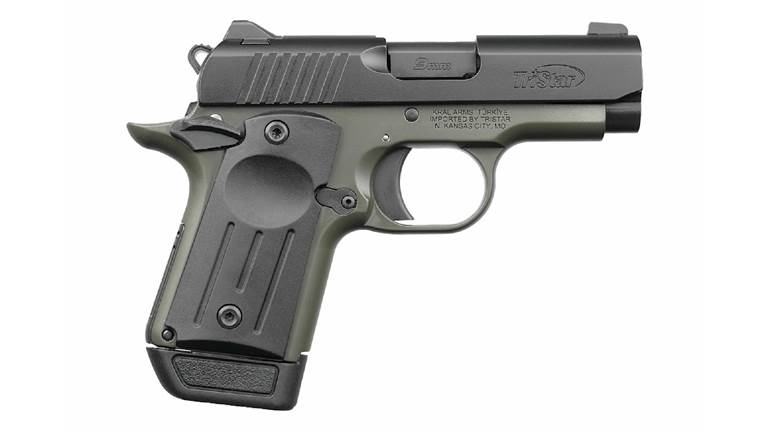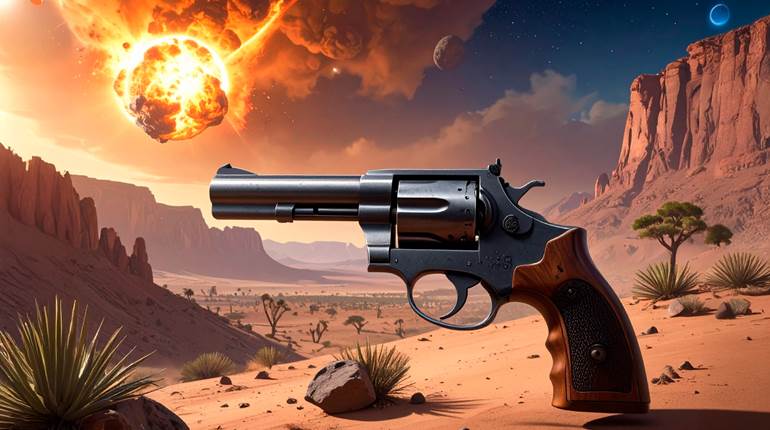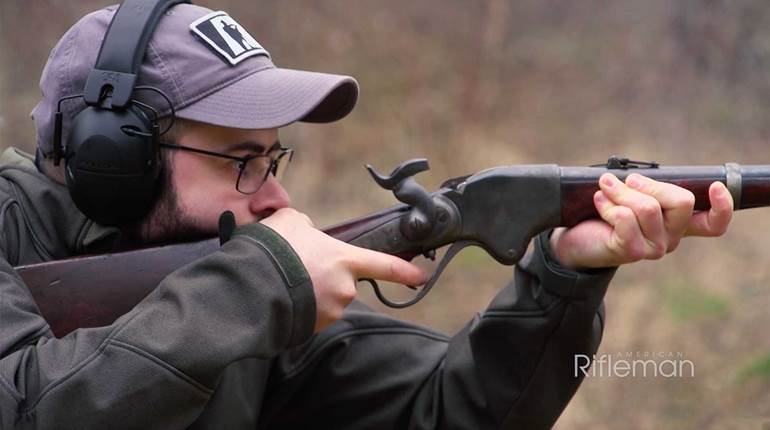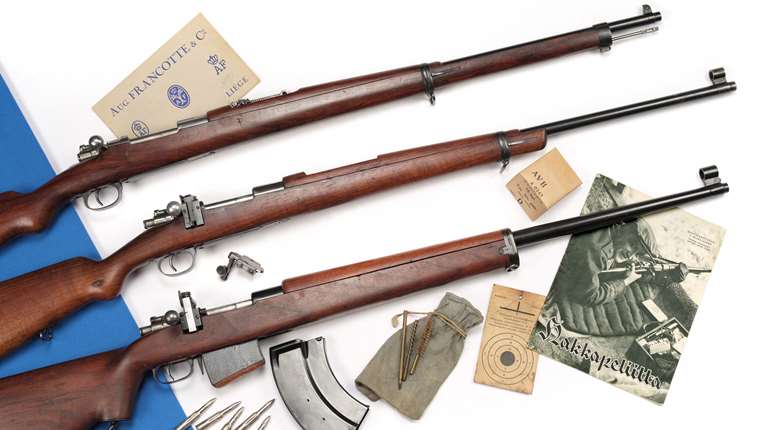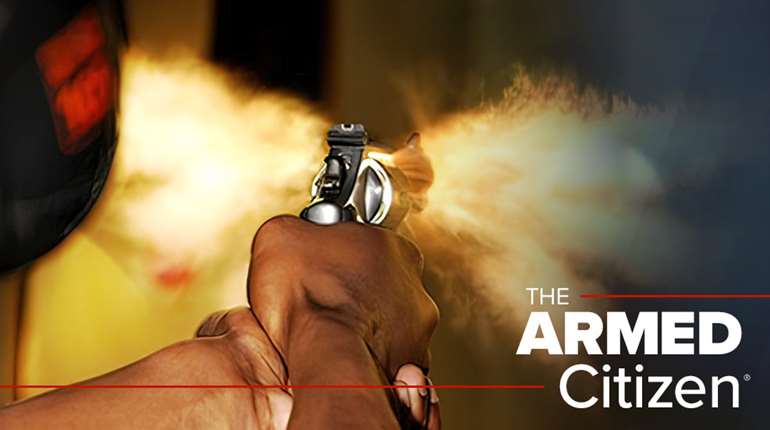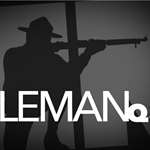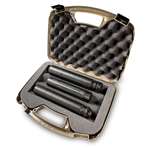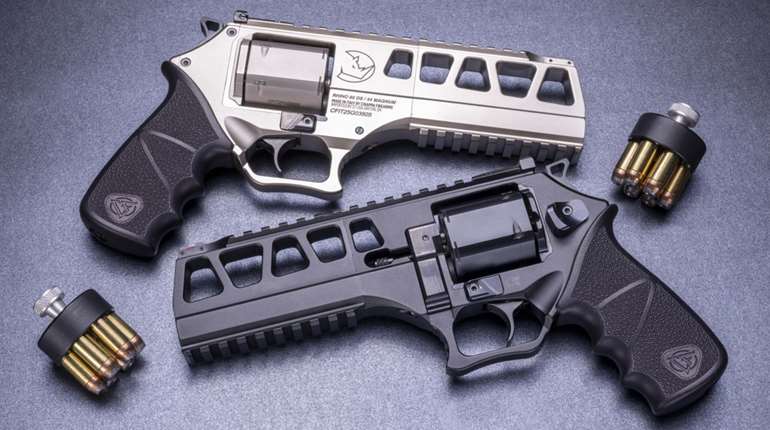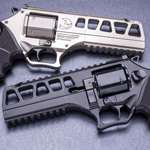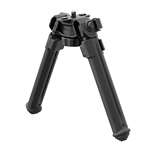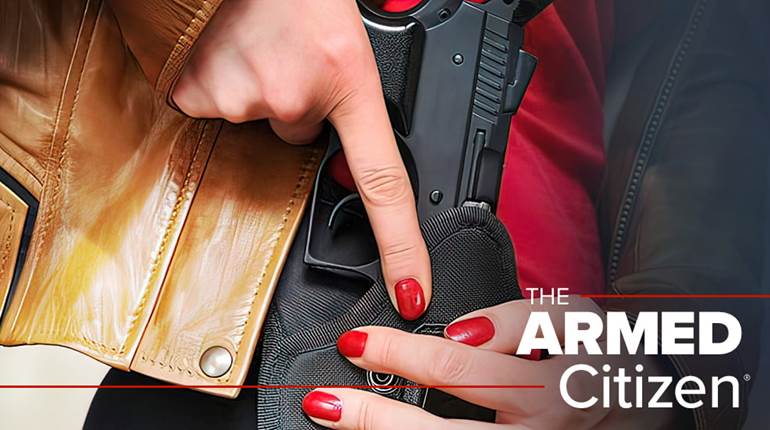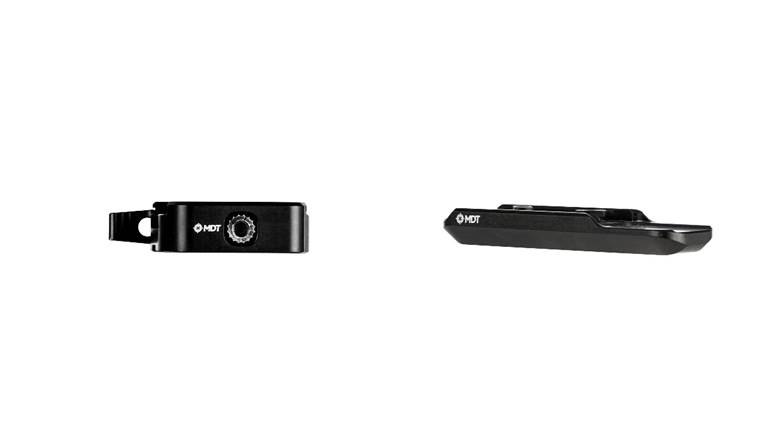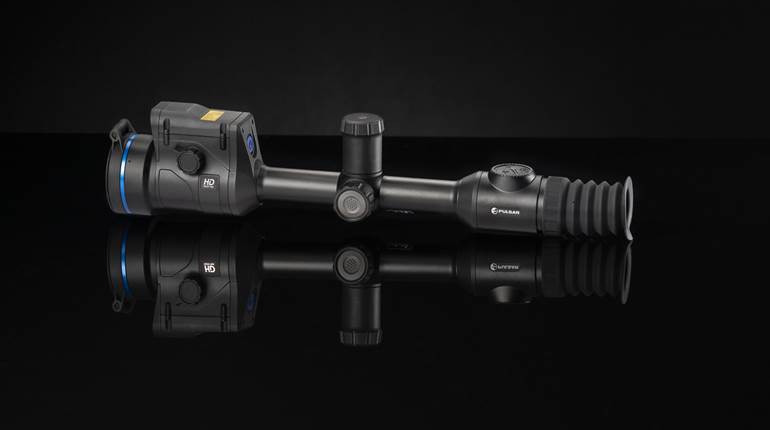The Eibar region of Spain has a long, rich history of gunmaking, and by the late 19th century and early 20th century, a number of established makers began emerging that would produce recognizable designs for decades. One of these firms, Star B.A., produced one of the most notable Spanish-made handguns of the 20th century: the Star Model B. Watch our "American Rifleman Television" I Have This Old Gun segment above to see the details of this M1911-style design.
"When you look at these guns today, they are beautifully made. The polish on them, I mean, they are just lovely guns. It's true. They don't make 'em like that anymore," NRA Media Editorial Director Mark Keefe said. "And that's, of course, because Star's out of business. They couldn't if they wanted to, but they are really top-quality guns in terms of their materials, in terms of their finish. You just rack the slide on one, and you know that this is a well-fitted gun."

Production of the Star Model B began in the early 1920s, after Star developed its Model A chambered for the Spanish 9 mm Largo cartridge. Development of the Model A followed previous Star designs and incorporated some changes requested by the Spanish police, and following the adoption of the Model A by Spanish police and military forces, Star looked beyond its borders.
" The point in developing this design is Star wants to obtain government contracts, particularly police contracts with the Guardia Seville, which is the Spanish police force, and the Spanish police are, they're a little picky about certain elements of the design," American Rifleman Executive Editor Evan Brune said. "They want some things present. They want some things taken off. And so the design goes through some revisions in 1921 to 1922, but eventually, it comes into what we know today as the Star Models A and Model B. When you think of a design that's named A and B, you think A comes first and then B is a revision. Actually, that was Star's way of distinguishing between two different chamberings."

Following the Spanish Civil War and the establishment of Franciso Franco's fascist government, the 9 mm Luger-chambered Star Model B attract the attention of Axis powers that sought firearms to fill the rapidly growing need for small arms as war broke out.
"When World War II came along, Adolf [Hitler] being good friends with Francisco Franco, et cetera, availed himself of a number of Spanish guns, one of them being the Star Model B, which was in the German 9 mm Parabellum caliber. And so they bought several, several thousand variants of the Star Model B," American Rifleman Field Editor Garry James said. "There were basically five different versions, most of them just involving markings and minor, minor details. After the war, the guns were adopted by the German police as well as police in Spain, and when the Spanish switched over to 9 mm Parabellum, they jettisoned the Model A and picked up the Model B."
Throughout the mid-20th century, Star Model B handguns were imported into the United States by Interarms of Alexandria, Va., and many of these guns made their way onto the big screen in the hands of actors, due to its similarity to the Colt M1911.

"For the longest time, in Hollywood, when they needed a 1911, it was actually a Star Model B that you were seeing," NRA Museum Director Phil Schreier said. "Hollywood had a great deal of difficulty trying to blank adapt .45 ACP cartridges. Most blank cartridges are manufactured by just crimping the ends of the casing, and you get what they call a 'star crimp.' With the .45 ACP, If you were to star crimp, or rose crimp, the end of that casing, it would be way too short to fit in the magazine and to feed. So what they did was they used a Star Model B because, from 10 feet away, it looks exactly like a 1911."
To watch complete segments of past episodes of American Rifleman TV, go to americanrifleman.org/videos/artv. For all-new episodes of ARTV, tune in Wednesday nights to Outdoor Channel 8:30 p.m. and 11:30 p.m. EST.
